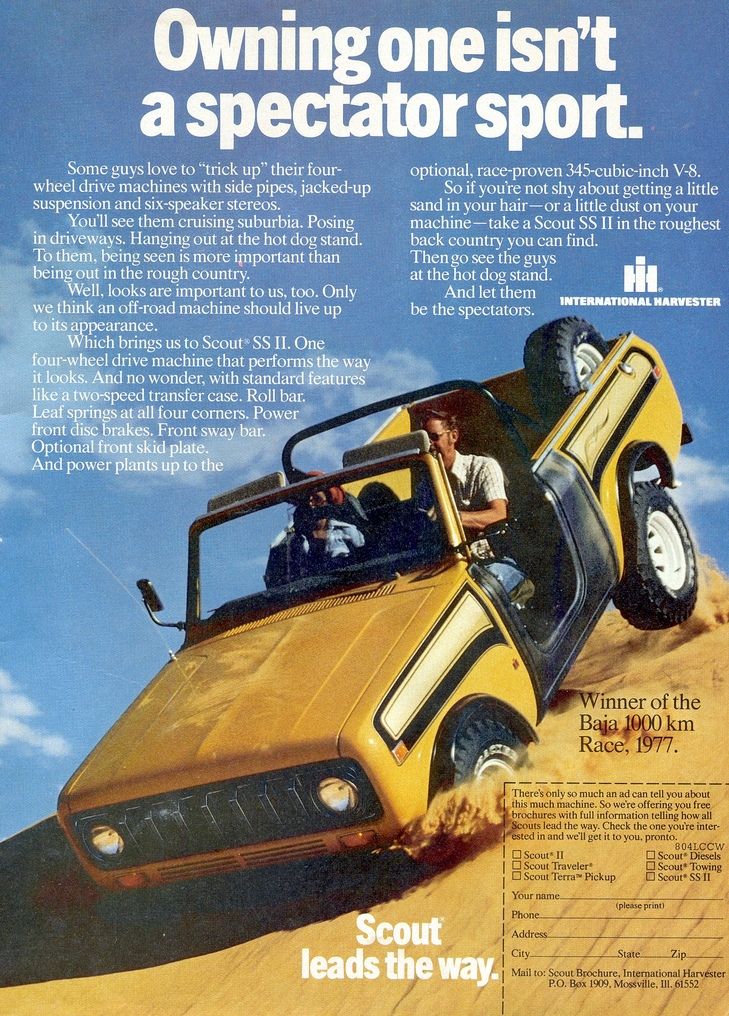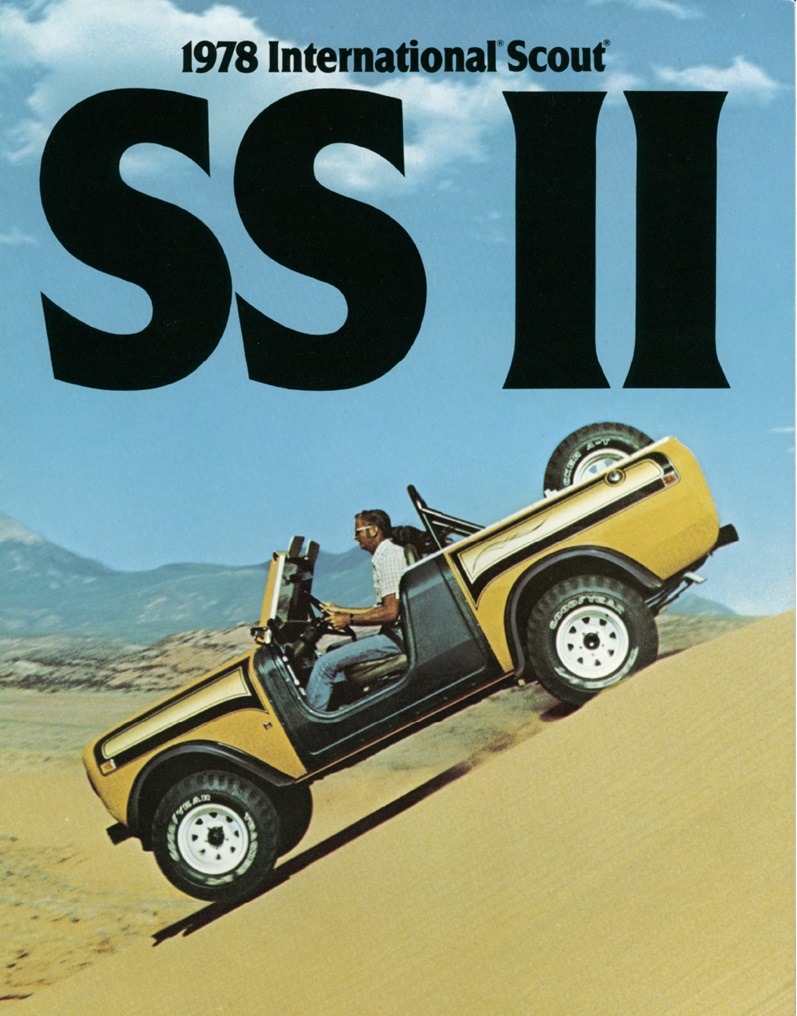Ted Ornas, Chief Designer at International Harvester, got an open-ended directive from the company’s top brass in 1959. They wanted a go-anywhere vehicle, but had no clear idea what that would entail. According to Ornas, he was told to “design something to replace the horse,” so he went to work on what would eventually become the Scout 80. Debuting as a 1961 model, the Scout was an affordable rough-and-tumble utility vehicle with available four-wheel drive, sort of like an Army Jeep but with more creature comforts. Almost immediately, International had a hit on their hands.
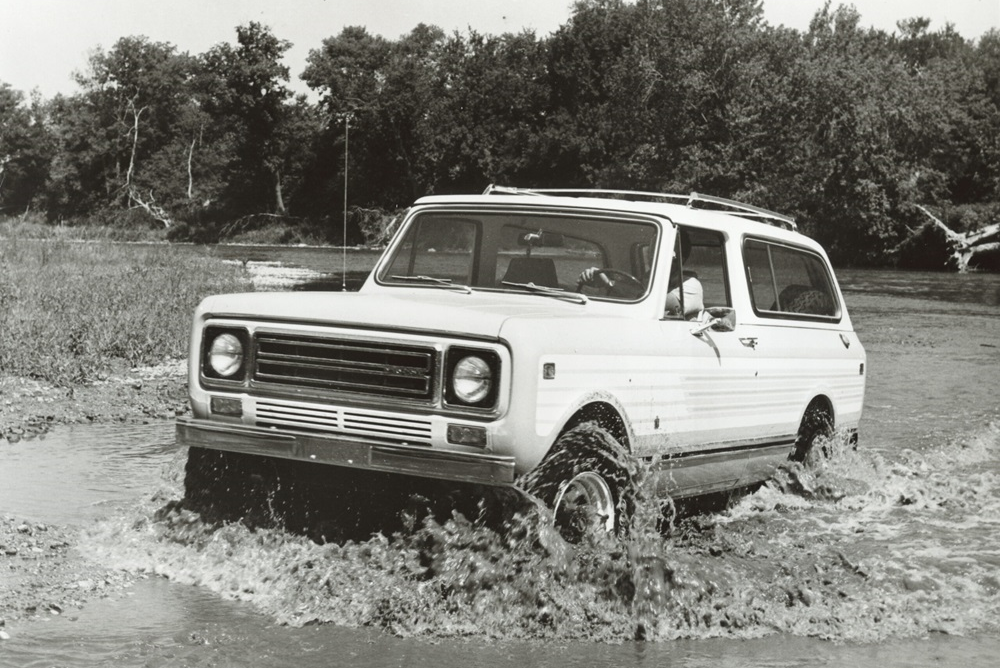
Fast forward to the end of the 1960s, and thanks primarily to Jeeps and Scouts, the 4×4 had become a small but popular segment. Ford’s Bronco (from 1966) and Chevy’s Blazer (from 1969) were now on the scene, as were small numbers of Toyota Land Cruisers and Series Land Rovers. International Harvester was feeling the pressure, and though IH had steadily updated the Scout through the decade, it was time for a significant evolution of the little truck. Enter the Scout II—a tempting Bronco alternative that appreciated steadily during the recent market boom and is currently riding steady.

Sitting on the same 100-inch wheelbase as its predecessors, the Scout II was now 10 inches longer (mostly behind the rear wheels) and 1.5 inches wider. The truck’s dash had a more car-like appearance, and more amenity-rich packages became available in an effort to provide a more civilized experience. That said, it was still an incredibly capable off-roader, a differentiation that IH’s ads never failed to mention.
Configurability was one of this segment’s calling cards, embodied by the Scout’s three different setups: roadsters (essentially pickups with a short removable hardtop), soft tops, and Traveltops (later dubbed Scout Wagons) with removable but large and heavy steel hardtops. The Scout Terra and Traveler, produced from 1976-80, had an 18-inch longer wheelbase and benefitted from lighter fiberglass tops.
And that was just the body styles. A wealth of drivetrain options further gave Scout buyers the ability to tailor the truck to their individual needs. Initial engine offerings included the base 196-cubic inch four, a 232-cubic inch straight six, and a 304-cubic inch V-8, all of which were updated versions from the Scout 800. A more powerful 258-cubic inch six-cylinder arrived shortly the truck’s debut, and a 345-cubic inch V-8 filled out the early range of power plants, though IH would offer naturally-aspirated and turbocharged diesel straight sixes from Nissan toward the end of the Scout’s life. A variety of three- and four-speed manuals were available, along with a three-speed automatic.
Power was sent to the wheels via a Dana 30 front axle and a Dana 44 rear through 1974, after which the Dana 44 was standard at both ends. That same year, power assist and front disc brakes became standard.
While a number of trim packages were available from the factory, the 1977-79 SSII, or Super Scout II was perhaps the most well known and today is the most desirable. A stripped-down soft-top model, the SSII gained fame for its off-road racing prowess, though the four different sub-trims of production models went from mild (the Rancher Special) to wild (the Baja Cruiser). All SSIIs featured open door sections with plastic inserts and soft doors available in black or white. Inside, the bucket seats were fixed back rather than recline-able, and the rear seat was optional. A snap-on defroster cover came standard to help keep dust out of the vents. Underneath, a set of three spring leaves with one overload leaf helped beef up the suspension, and skid plates protected the transmission and fuel tank. The SSII sported its own unique grille, as well.
About 260,000 Scout IIs were built between 1971 and 1980, and given the various powertrains and options, one exists for almost any budget. Rust and hard living have taken many a Scout off the trail, though, so there aren’t as many available as the raw production numbers might suggest. The roughly 4000 SSIIs built are the most valuable, with a median condition #2 value of $64,750. The overall median #2 value for 1972-80 Scout IIs, however, is $42,200 and the #2 value for certain configurations dips well below 30 grand.
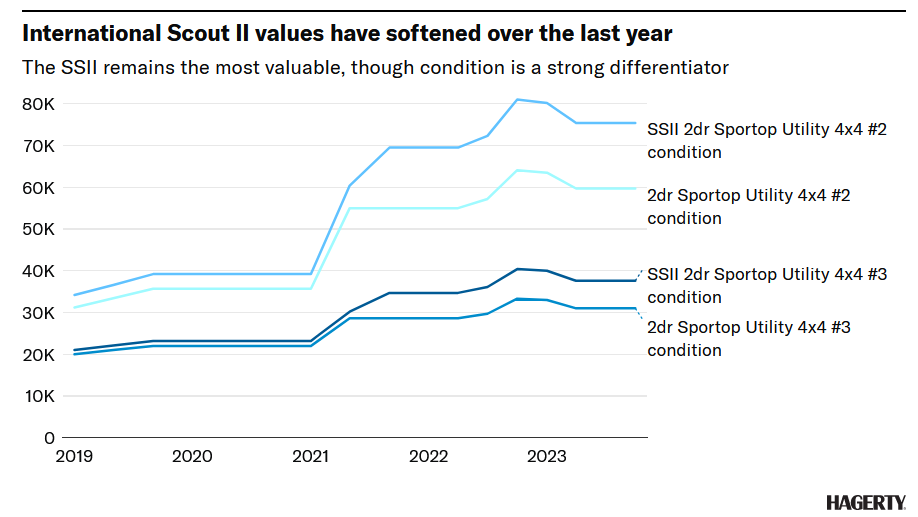
The Scout’s recent ascendancy trailed the sharp rise of the original and second-gen Broncos, both of which led the charge in this segment’s growing popularity. Prior to the recent boom that started in 2020, the Scout trundled along, about as valuable as a similar-quality contemporary Chevy Blazer and about 10 grand cheaper than a Toyota FJ55. All of these vehicles had been gaining value and popularity at a steady if not brisk pace. Since 2022, though, the vehicles in this segment that experienced the strongest growth (like the Broncos) have also retreated the most, and the trucks with more measured growth (like the Scout) merely leveled off or posted small losses. These all appear to be moves of a popular segment in a cooling market.
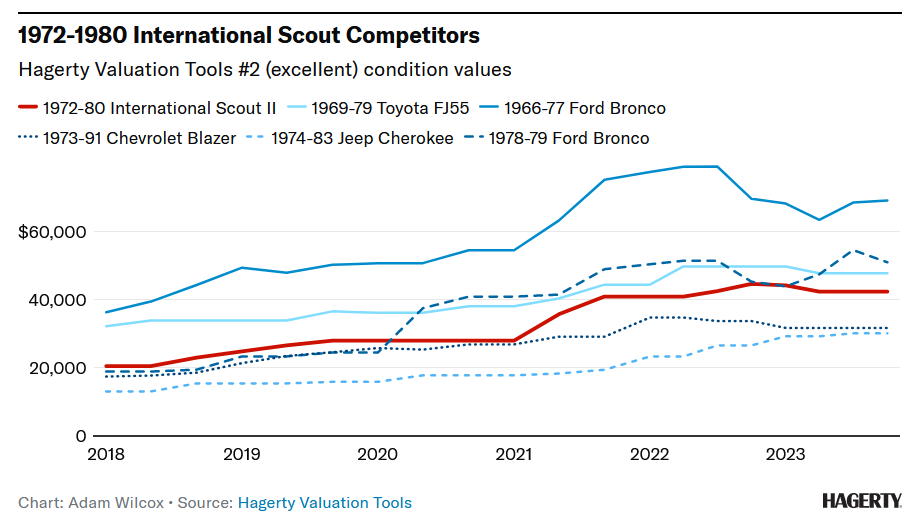
The general stability in the Scout’s pricing, and in this segment as a whole, is partly down to demographics. Gen Xers love early SUVs and legitimized the segment as collector-worthy almost as soon as they began buying collector vehicles. The Scout’s numbers bear this out: though Gen X currently makes up 31 percent of the market as a whole, they represent more than 46 percent of Scout buyers. Millennials similarly display enthusiasm for Scouts, making up over a quarter of quotes sought though they hold a 22 percent market share overall. It’s this kind of generational interest that was a strong factor in causing us to pick the Scout II for our Bull Market List in 2020.
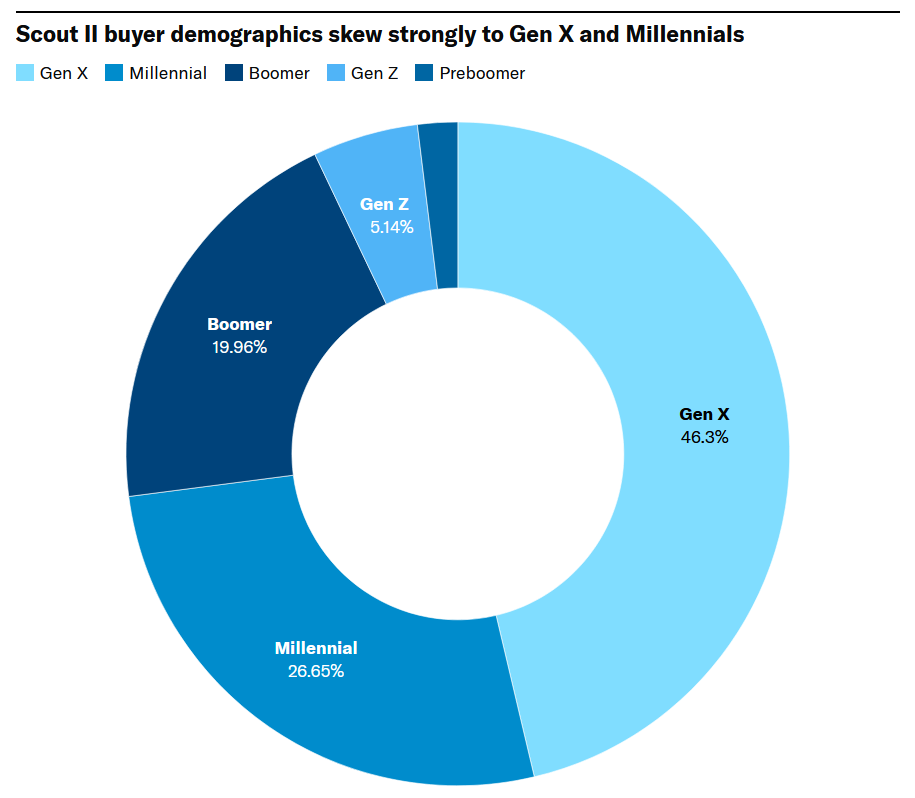
In the end, Ornas’ “something to replace the horse” has proven to be a popular and trusty steed, if not quite the show pony that Ford created. It’s also one that has had surprising longevity in its appeal, especially when you remember that the Scout and other IH consumer products disappeared decades ago. That said, VW is currently reviving the Scout nameplate for a series of electric SUVs, which may revive interest in the original.
Scout IIs may be a bit harder to find parts for than something from the Big Three, and a fair amount of fiberglass has taken over for metal bodywork over the years. Fortunately though, they also have an incredibly dedicated following with resources aplenty to help keep these rigs on the path, and they’ll always stand out in a crowd of Broncos and Blazers. All things considered, it looks like the Scout II market will remain healthy for generations to come.
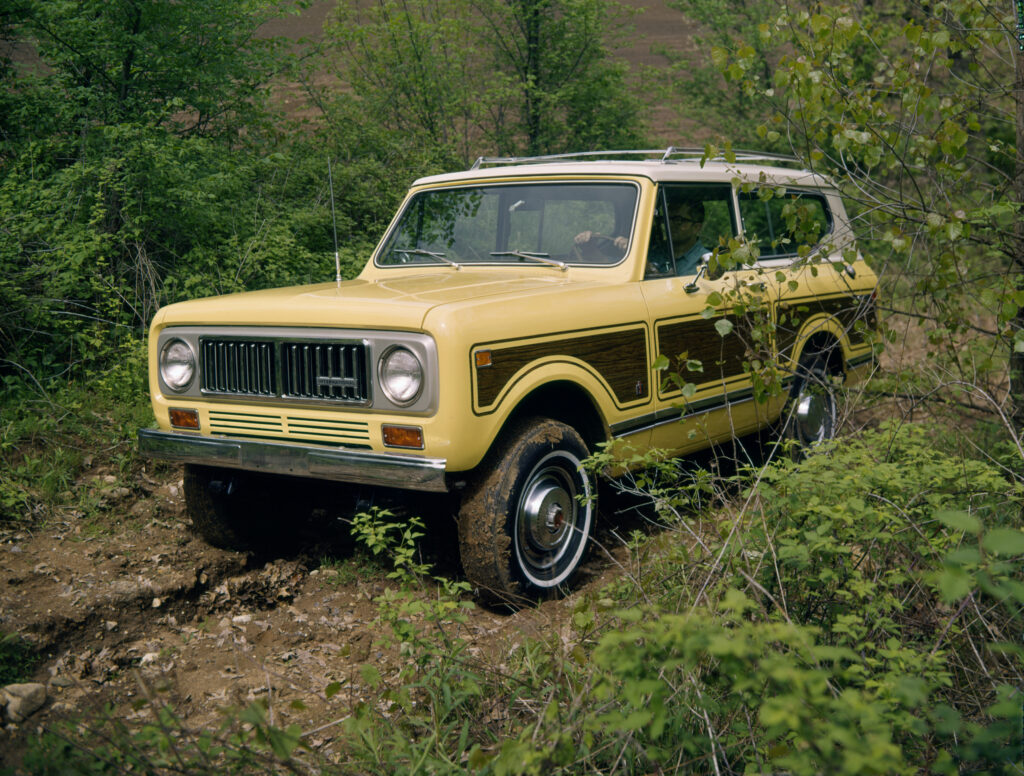
Report by Eddy Eckart
find more news here…



